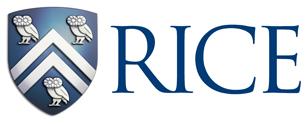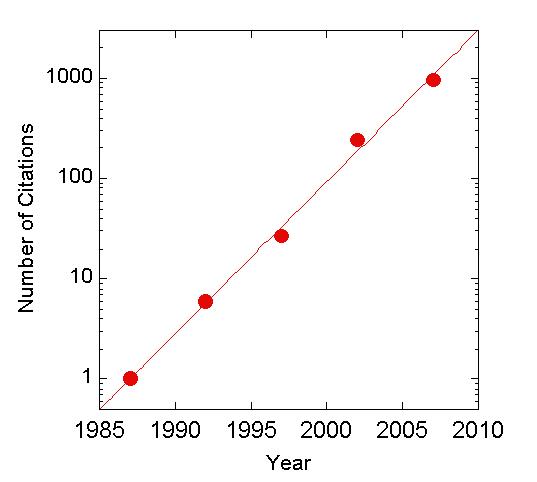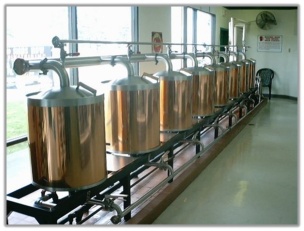Team:Rice University/BACKGROUND
From 2008.igem.org
DavidOuyang (Talk | contribs) (→Health Benefits of Resveratrol) |
(→History of Resveratrol) |
||
| (8 intermediate revisions not shown) | |||
| Line 9: | Line 9: | ||
|align="center" style="background:#C0C0C0"| <BR> | |align="center" style="background:#C0C0C0"| <BR> | ||
[[Image:ProjectTitle.jpg]]<BR> | [[Image:ProjectTitle.jpg]]<BR> | ||
| - | + | [[Team:Rice_University/OUR TEAM|OUR TEAM]] ::: [[Team:Rice_University|SUMMARY]] ::: [[Team:Rice_University/BACKGROUND|BACKGROUND]] ::: | |
| - | [[Team:Rice_University/OUR TEAM|OUR TEAM]] | + | [[Team:Rice_University/STRATEGY|STRATEGY]] ::: [[Team:Rice_University/CONSTRUCTS|CONSTRUCTS]] ::: [[Team:Rice_University/RESULTS|RESULTS]] ::: [[Team:Rice_University/CONCLUSIONS|ONGOING WORK]] |
| - | [[Team:Rice_University|SUMMARY]] ::: [[Team:Rice_University/BACKGROUND| | + | |
{| style="color:#1b2c9a;background-color:#FFFFFF;" cellpadding="0" cellspacing="0" border="0" bordercolor="#000" width="100%" align="center"|} | {| style="color:#1b2c9a;background-color:#FFFFFF;" cellpadding="0" cellspacing="0" border="0" bordercolor="#000" width="100%" align="center"|} | ||
| Line 21: | Line 20: | ||
=== '''History of Resveratrol''' === | === '''History of Resveratrol''' === | ||
[[Image:trans-resveratrol.jpg|left|frame|none|trans-Resveratrol]] | [[Image:trans-resveratrol.jpg|left|frame|none|trans-Resveratrol]] | ||
| - | In 1940, | + | In 1940, resveratrol was identified as the active component in ''Cassia quniquangulata'' (cinnamon) extract and was shown to be responsible for the anti-inflammatory properties of ''Polygonum cuspidatum'' root, which is used in traditional Chinese and Japanese medicine [1]. Since then, studies have shown that resveratrol is a member of a class of compounds called phytoalexins, which plants use as a defense mechanism against pathogens [2]. Grapes and several types of berries, including blueberries, bilberries, and cranberries, produce appreciable levels of resveratrol, and thus the main sources of resveratrol in the human diet are wine and juices [3]. The discovery of resveratrol in wine [4] implicated a role for this compound in the “French Paradox," the observation that the French exhibit a relatively low rate of cardiovascular disease although their diet is high in saturated fats. |
==='''Health Benefits of Resveratrol''' === | ==='''Health Benefits of Resveratrol''' === | ||
| - | [[Image:RSV.jpg|right|thumb|History of Resveratrol Citatitions on PubMed ]] | + | [[Image:RSV.jpg|right|thumb|300px|History of Resveratrol Citatitions on PubMed ]] |
| - | A PubMed search for “resveratrol” | + | A PubMed search for “resveratrol” indicates that scientific interest in the health benefits of this phytoalexin is growing exponentially. To date, a diverse array of health benefits have been associated with resveratrol, including: |
<B>1. Improved insulin sensitivity.</B> Resveratrol has been shown as a potent therapeutic for type 2 diabetes [5]. Pharmaceuticals based on resveratrol-like compounds for the treatment of diabetes are currently in Phase I clinical trials [6]. | <B>1. Improved insulin sensitivity.</B> Resveratrol has been shown as a potent therapeutic for type 2 diabetes [5]. Pharmaceuticals based on resveratrol-like compounds for the treatment of diabetes are currently in Phase I clinical trials [6]. | ||
| - | <B>2. | + | <B>2. Inhibition of carcinogenesis.</B> Resveratrol induces cell death specifically in cancerous cells. This property has been demonstrated for a variety of cancers, including colon [7-9], pancreatic [10], prostate [11,12], breast [13,14], and skin [15,16] cancers. Several ongoing Phase I human clinical trials are investigating the use of resveratrol as a cancer therapy [17,18] |
| - | <B>3. Extended lifespan.</B> Resveratrol mimics the effects of caloric restriction in mammals and has been shown to extend lifespans in invertebrates [19,20], and a fish model [21]. In addition, resveratrol reduces the genetic changes associated with aging in a mammalian mouse model [22-24]. PGC-1alpha levels | + | <B>3. Extended lifespan.</B> Resveratrol mimics the effects of caloric restriction in mammals and has been shown to extend lifespans in invertebrates [19,20], and a fish model [21]. In addition, resveratrol reduces the genetic changes associated with aging in a mammalian mouse model [22-24]. PGC-1alpha levels were decreased threefold by induction of genes for oxidative phosphorylation and mitochondrial biogenesis in wt SIRT1 mice but no change in SIRT1(-/-) MEFs [25]. |
| - | <B>4. Improved cardiovascular function.</B> Resveratrol exhibits cardioprotective effects, such as | + | <B>4. Improved cardiovascular function.</B> Resveratrol exhibits cardioprotective effects, such as suppression of atherosclerosis, inhibition of platelet aggregation, promotion of vasorelaxation, and modulation of triglyceride blood levels [22,26-28]. |
| - | <B>5. Reduced Neurodegeneration.</B> Mouse models of Alzheimer's and Parkinson's disease have provided evidence that resveratrol functions as a protective agent against degenerative neural diseases [29,30]. In addition, | + | <B>5. Reduced Neurodegeneration.</B> Mouse models of Alzheimer's and Parkinson's disease have provided evidence that resveratrol functions as a protective agent against degenerative neural diseases [29,30]. In addition, experiments with rats, mice, and gerbils show that resveratrol administration protects against brain damage following ischemic stroke [31-33]. |
| - | The biochemical origin of the diverse pharmacological effects of resveratrol | + | The biochemical origin of the diverse pharmacological effects of resveratrol is not completely understood, but a variety of mechanisms have been proposed for the molecule's action [3]. |
<BR> | <BR> | ||
| Line 46: | Line 45: | ||
[[Image:brewing.jpg|left]] | [[Image:brewing.jpg|left]] | ||
| - | One of the best sources of resveratrol is wine, with red wine having concentrations ranging from 0.1 to 14. | + | One of the best sources of resveratrol is wine, with red wine having concentrations ranging from 0.1 to 14.3 mg/L and white wine having concentrations ranging from <0.1 to 2.1 mg/L [3]. Beer is also predicted to contain resveratrol, albeit at lower levels than wine, since hops contains low levels of resveratrol (0.5 to 1 µg/g) [3]. Because beer is more popular in the United States than wine [34], many people consuming alcoholic beverages do not gain the full health benefits of dietary resveratrol. To increase the level of resveratrol present in beer and provide these health benefits for a wider populace, we are working to engineer a brewer’s yeast that synthesizes resveratrol from tyrosine. Like wine, beer is produced under fermentative conditions, and we anticipate that production of resveratrol in beer using our engineered yeast will be an effective method for avoiding air oxidation and inactivation of resveratrol. In addition, we propose that brewer's yeast represents an excellent approach for synthesizing air sensitive prophylactics in beer for widespread and affordable delivery to consumers. |
<BR><BR> | <BR><BR> | ||
Latest revision as of 05:00, 30 October 2008
|
SUMMARY ::: INTRODUCTION ::: STRATEGY ::: RESULTS ::: ONGOING WORK |
 "
"





